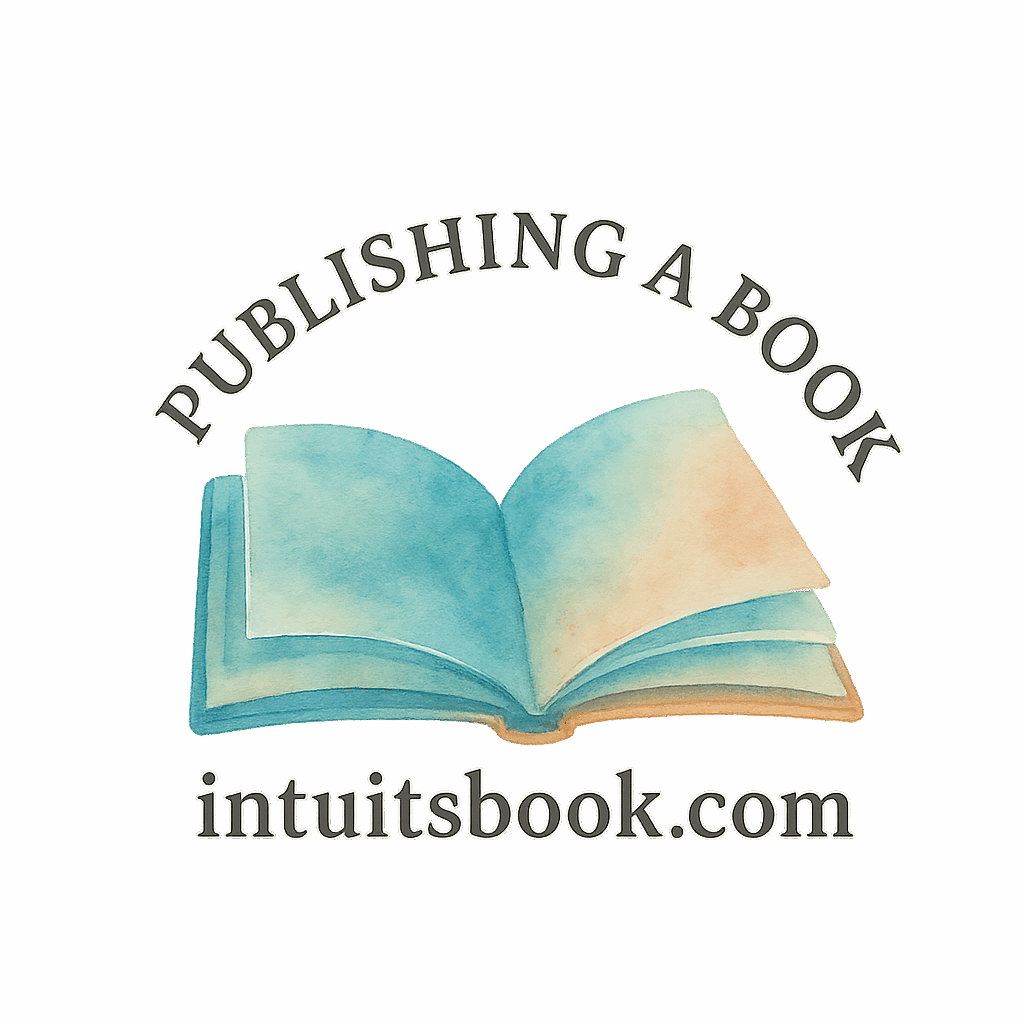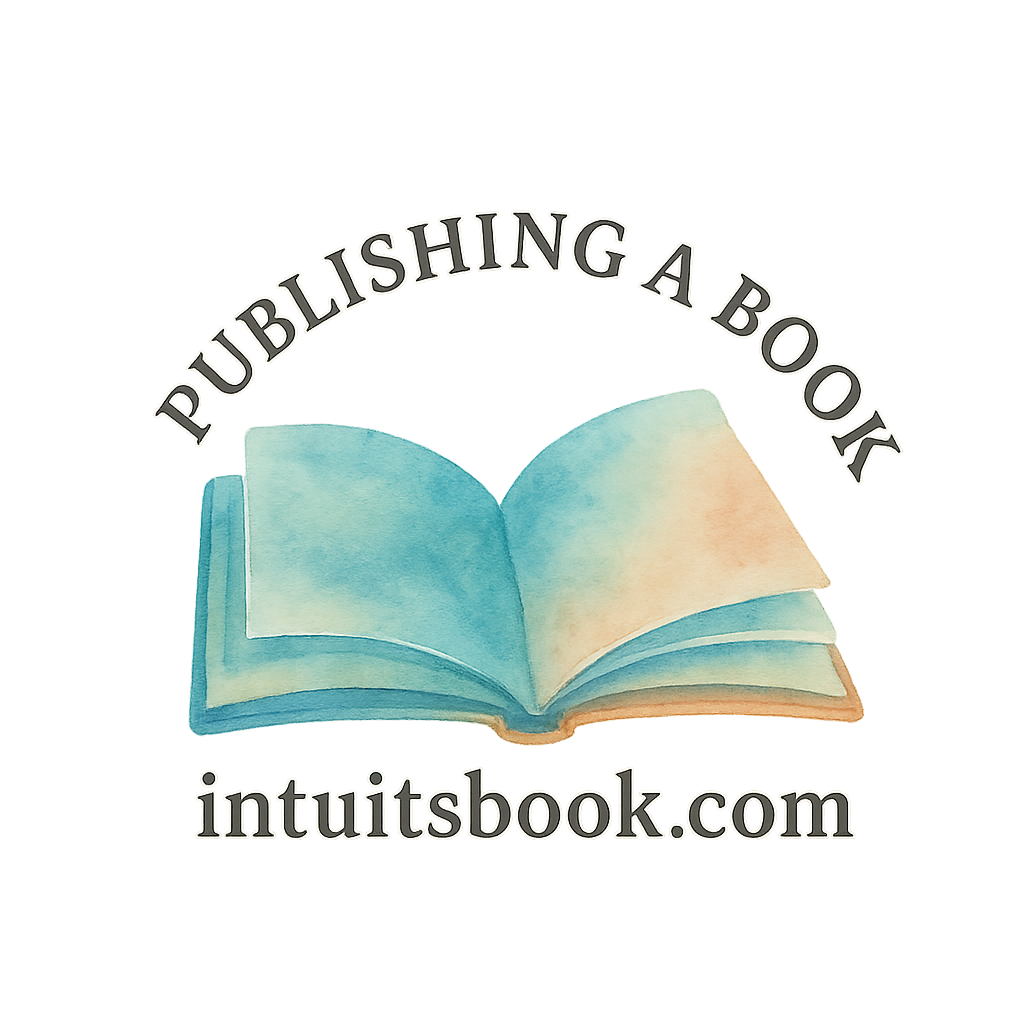Thinking about self-publishing a book? You’re not alone. Thousands of writers every year are taking publishing into their own hands. And while it’s an exciting route, there are key truths you need to know before diving in. This isn’t just about uploading your manuscript and hitting “publish.” Nope, self-publishing is its own beast—with rewards, risks, and a lot of responsibility.
Let’s break down the five crucial things you should understand before hitting that publish button.
1. Understanding What Self-Publishing Really Means
Before anything else, know this: self-publishing a book means you’re not just the writer. You’re also the publisher, the marketer, the designer, the project manager, and the budget-holder.
Types of Self-Publishing Platforms
There are multiple platforms to choose from—Amazon KDP, Draft2Digital, IngramSpark, and more. Each has its own pros and cons. Amazon KDP is great for accessibility and reach, while IngramSpark can give you better distribution to bookstores.
Want to explore more platforms and how to pick the right one? Check out the Self-Publishing Hub for comparisons and tools.
Benefits of Self-Publishing Over Traditional Publishing
- Faster publishing timeline
- Higher royalty rates
- Total creative control
- Direct connection with your audience
Still, with great power comes great responsibility.
Learn more about the pros and cons of traditional publishing if you’re still weighing your options.
2. Your Book Must Be Professionally Edited
One of the biggest mistakes new authors make is skipping professional editing. Yes, it’s an investment. But a worthwhile one.
Why Skipping Editing Is a Costly Mistake
Even the best writers miss things—typos, plot holes, inconsistencies. Editing ensures your book is polished, readable, and professional. Remember, readers can forgive a lot—but bad grammar and sloppy structure? Not so much.
You can read about the importance of this step in our guide to the writing process and manuscript steps.
Finding the Right Editor for Your Genre
There are different types of editors: developmental, line, copy, and proofreaders. Find someone who knows your genre and understands your audience. A great editor won’t just fix your work—they’ll elevate it.
3. You Are Your Own Marketing Team
Publishing is just the beginning. Once your book is live, it’s time to sell it. Guess who’s in charge? Yep—it’s you.
Building an Author Platform
Start building your presence before your book launches. Think website, social media, newsletters. Your author career depends on visibility.
You’ll find tons of tools on our author career page, from branding tips to platform-building hacks.
Key Marketing Strategies for New Authors
Social Media Marketing
Find your audience. Are they on Instagram, TikTok, or Twitter? Post regularly, share behind-the-scenes content, and engage authentically.
Email Lists and Author Newsletters
Start an email list early. Use it to build anticipation, share updates, and connect personally with your readers. A strong list is gold when it’s time to launch.
Book Launch Plans and Promotions
Plan a launch like you’re opening a store. Think countdowns, giveaways, ARC readers, and a killer press release. Read up on book promotion strategies to make your launch count.
For more in-depth guidance, check our tips under free marketing and sell books.

4. Formatting and Cover Design Matter—A Lot
Let’s talk aesthetics. Your book could be the next bestseller, but if it looks amateur, readers won’t give it a chance.
Professional Formatting for Print and Digital
Formatting affects readability and professionalism. Use tools like Vellum or hire a designer to ensure your print and eBook versions look amazing.
Want to learn from the pros? Check our curated list of author tools.
Crafting a Cover That Sells
People do judge a book by its cover. Hire a professional cover designer. Your genre has cover trends—don’t ignore them. Want your book to stand out? Make your cover pop, not flop.
For inspiration, explore book draft aesthetics and cover trends shared by independent authors.
5. Know Your Publishing Goals and Budget
It’s easy to get swept up in excitement. But without a plan, you’re publishing blind.
What’s Your Publishing Vision?
Are you writing to sell, to teach, to grow your business, or to leave a legacy? Knowing your why helps shape your how.
Need help clarifying your goals? Browse our publishing courses and author education articles.
Budgeting for Editing, Design, and Marketing
Self-publishing isn’t free. Costs can include:
- Editing ($300–$2,000+)
- Cover design ($100–$500)
- Formatting ($50–$300)
- Marketing ($100–infinite)
Set a budget and stick to it. Investing smartly in your book is the first step to earning from it.
See our expert breakdown on how to learn to publish wisely.
Conclusion
Self-publishing a book is an incredible journey—but it’s not for the faint of heart. It takes planning, persistence, and passion. You’re not just writing a book; you’re launching a product, building a brand, and reaching readers one click at a time.
If you go in informed, prepared, and driven, you’re going to crush it.
Ready to dive in? Start your journey with the Intuitsbook Self-Publishing Guide.
FAQs
1. How much does it cost to self-publish a book?
Costs vary depending on your choices, but expect to spend $500–$3,000 for editing, cover design, formatting, and marketing.
2. Can I really make money self-publishing a book?
Absolutely! But it requires smart marketing, quality writing, and consistency. Many authors earn passive income through ebooks and audiobooks.
3. What’s the difference between self-publishing and traditional publishing?
Self-publishing gives you full control and higher royalties, while traditional publishing offers broader distribution but slower timelines and less creative freedom. Learn more here.
4. Do I need an ISBN for my self-published book?
Yes, especially if you want to sell in bookstores or libraries. Amazon provides a free one, but owning your own ISBN adds professionalism.
5. What’s the best platform for self-publishing?
Amazon KDP is the most popular, but platforms like IngramSpark and Draft2Digital offer wider distribution. Learn more here.
6. Should I hire a professional editor?
Definitely. Professional editing improves quality and reader experience—don’t skip it. See how editing fits into the writing process.
7. How do I get reviews for my self-published book?
Ask ARC readers, offer giveaways, join reader groups, and engage your email list. Reviews boost credibility and visibility.


